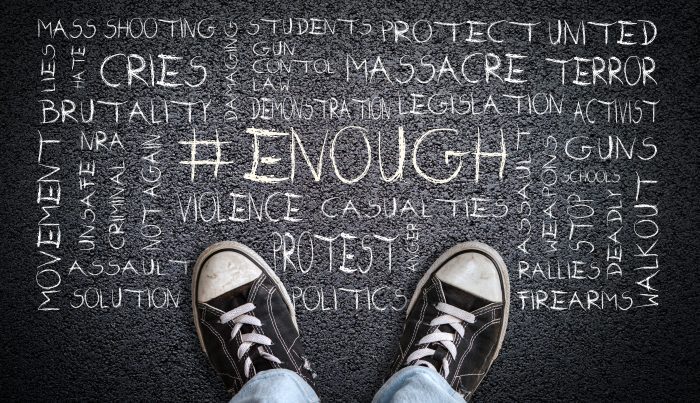If you are interested in seeing some unique artwork, then stop by the Reboli Center for Art and History in Stony Brook during the month of March to see the “Burnt Offerings” by Connecticut artist John Houle.
“His work is absolutely amazing and to watch him create a piece of art through pyrography is an incredible experience,” said Lois Reboli, a founder and president of the Reboli Center, who saw his work and a demonstration at a show in Massachusetts.

Houle’s “Burnt Offerings” are created by woodburning or pyrography – a form of scrimshaw on wood and the details are crafted by etching or burning the wood with heat from a wood burning tool. According to the artist, “Pyrography is the art of burning or etching a design into wood, leather or in some cases, gourds. The time the burner is in contact with the wood determines how dark the piece will be. I use two burners. One has a constant temperature of around 900 degrees. The other has a rheostat that allows temperatures of up to 2000 degrees. I only use the hotter one about five percent of the time. Many woodburners have a variety of tips. I only use two.” He adds that a slip of the hand cannot be corrected.
As far as his technique, Houle said, “I treat all my works just as if I am drawing with a pencil … a very hot one! Some woodburners will trace a design and transfer it to the wood and then burn the lines as they appear on the wood. I never have, and would never trace. All my works are done freehand. I prefer to use birch wood, which is a light color and does not have large knots. During the pandemic, birch was hard to find so I started using bamboo, which is readily available. I then enhance my work with a wax of acrylic and then apply three coats of UV resistant polyurethane to protect it.”
Houle frames most of his artwork and makes his own frames out of pine although some pieces have been mounted on such exotic woods as cherry, spalted maple and black walnut.

Houle started as an oil painter. In fact, he won his first regional contest in second grade and continued to enter contests throughout college. At Central Connecticut College he studied under Jacques Rommel, specializing in oils. He amassed many regional awards. When John painted, he constantly would go back and rework something in the painting. He always wanted to improve his artwork. About 50 years ago he received a gift of a woodburner with a note saying, “See if you can paint over this…” and he never went back to oil painting.
After retiring as a trainer and developer of sales and service seminars, Houle now focuses on woodburning full time. He noted that one of his favorite things to do at shows is to start a piece from scratch in front of a group and over a period of time, complete it. He thinks it is important for people to understand his technique so he tries to do live demonstrations at his shows if electricity is available.
About being the Reboli Center’s March Artisan of the Month, John said, “I am very humbled, and appreciate the opportunity to show woodburning as fine art, especially in such a beautiful gallery. I love Joe Reboli’s work and it is wonderful to see how his memory is being honored at the Center.”
The Reboli Center, 64 Main Street, Stony Brook, and is open Tuesday to Saturday from 11 a.m. to 5 p.m. and on Sunday from 1 to 5 p.m. Admission is free. For more information, call 631-751-7707 or visit www.rebolicenter.org.


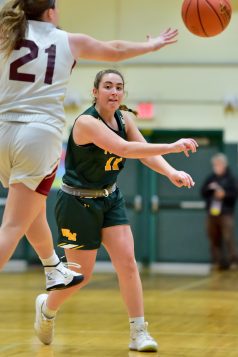
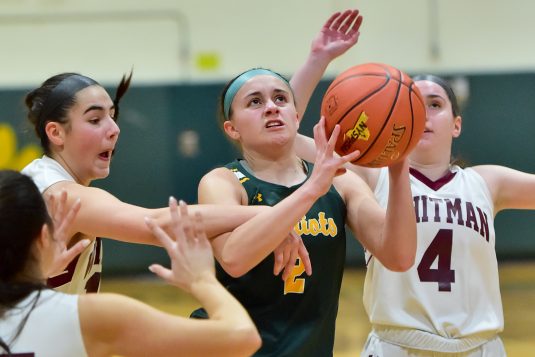
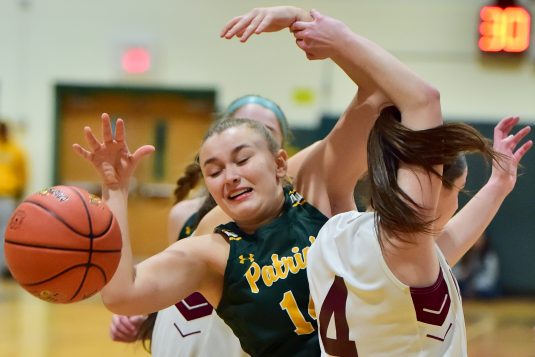
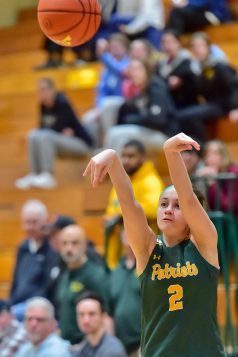
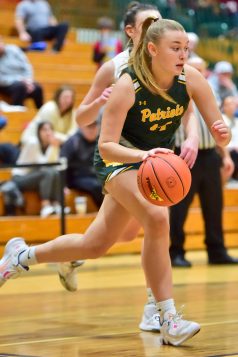
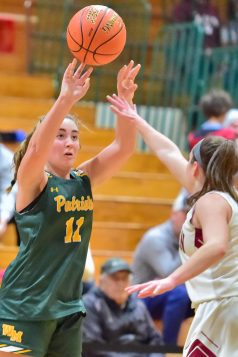
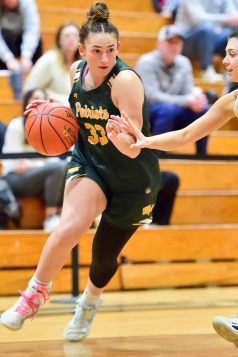
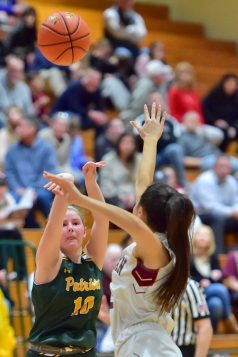
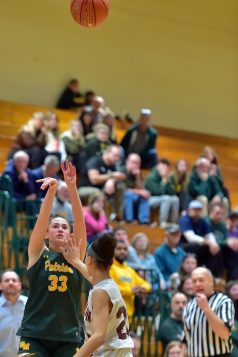

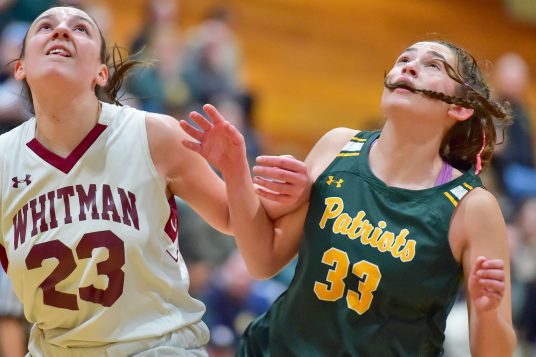
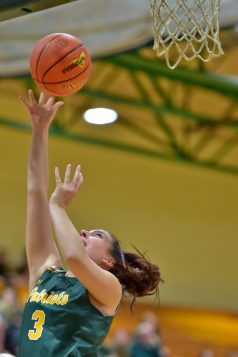
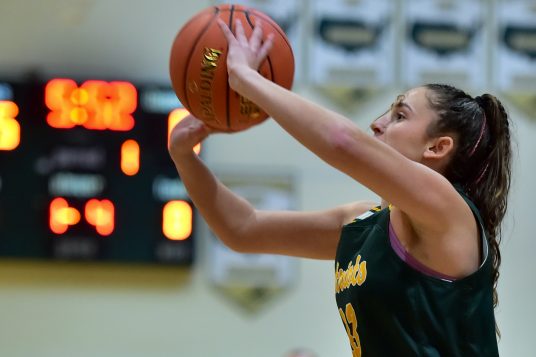
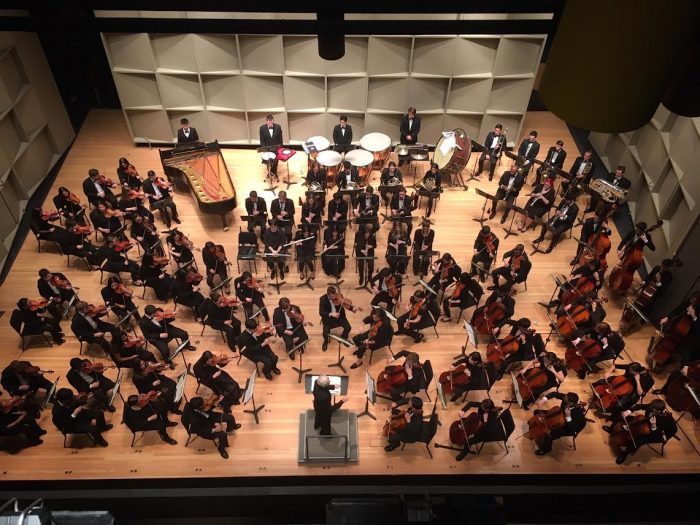

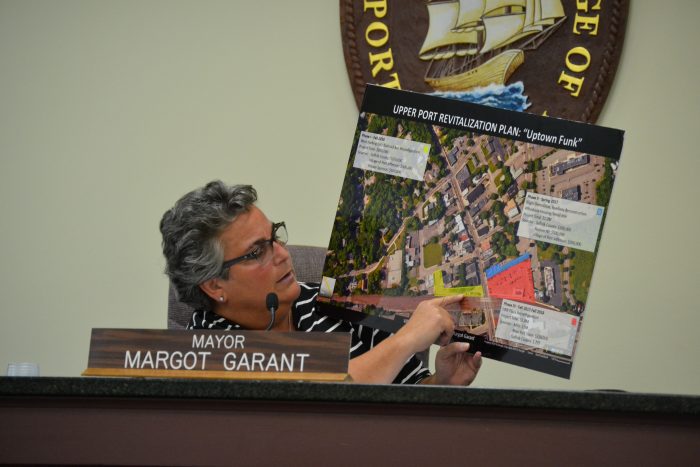









 Louis Antoniello,
Louis Antoniello,

